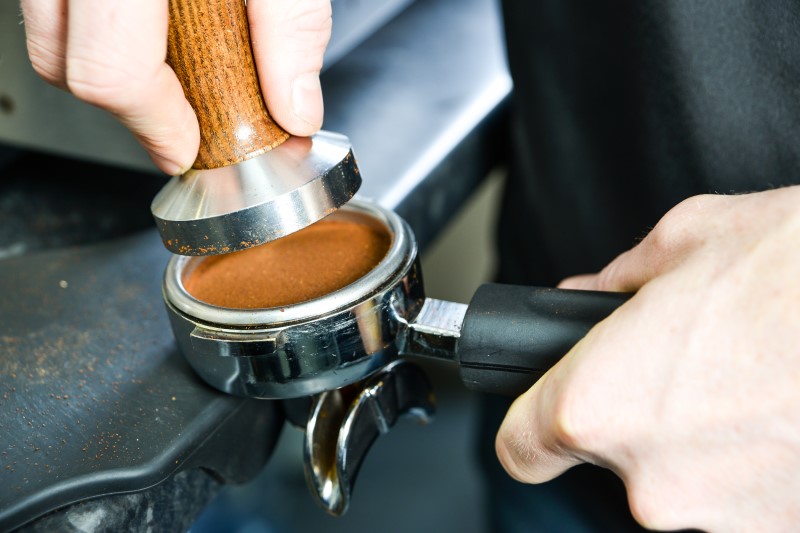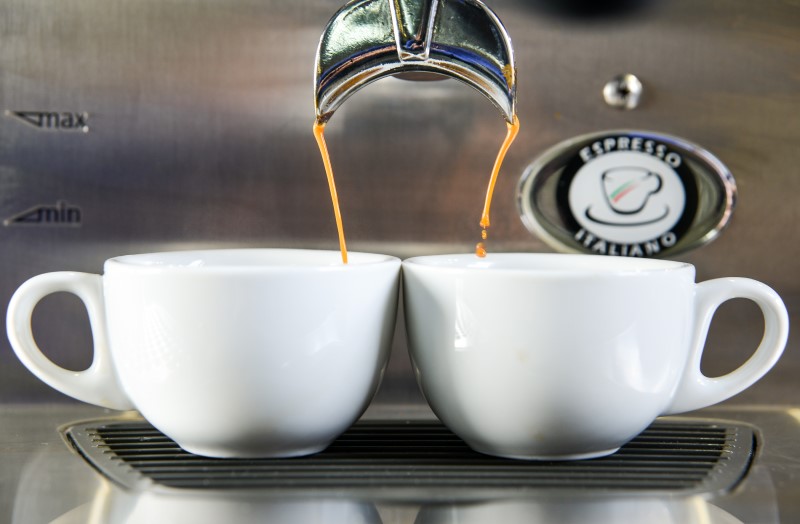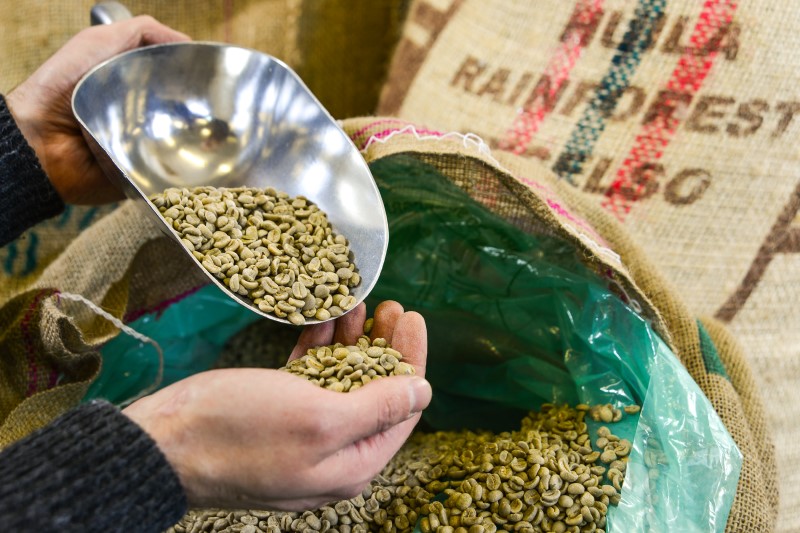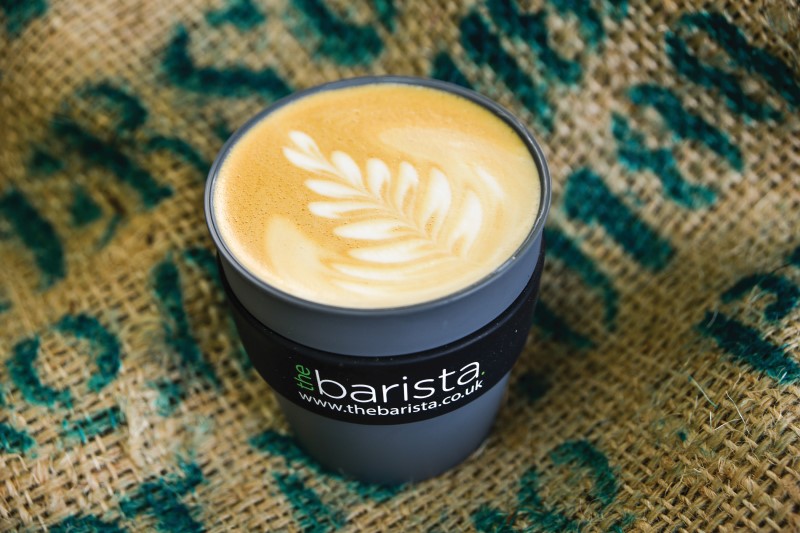
Whether you’re a latte lover or an espresso enthusiast, a cup of coffee is one of life’s simplest pleasures. Sometimes, though, the lingo surrounding coffee can be a little less than simple. If specialist barista terminology goes over your head, we’re here to give some guidance.
Read on for our coffee glossary; some of the most popular coffee names and terms you may come across, broken down into simple, easy to understand explanations.

Americano – Espresso diluted with equal parts hot water, which can be served as is (“black”) or with milk (“white”). The strength of an americano is similar to that of freshly brewed coffee, but the flavour is more robust. An americano can be made stronger with additional shots of espresso.
Blend – Two or more different single origin coffee beans that are mixed together to create a unique blend. Our signature blend, Northern Espresso, is freshly roasted in our micro-roaster in time for your event. Smooth and balanced, it works equally well as a straight espresso as it does combined with milk.
Cappuccino – A small coffee generally made with one third espresso, one third steamed milk and one third foam. The result is a velvety, easy-drinking coffee with a thick layer of foam that’s often finished with a sprinkling of cinnamon or chocolate powder. Famously, a long-standing Italian tradition states that a cappuccino should never be ordered after 11am, but we think they’re excellent at all times of day!
Espresso – Essentially, concentrated coffee. Espresso is made when a small amount of hot water is forced through finely-ground, compacted coffee at a high pressure. This results in a small, strong “shot” of coffee that can be served as a standalone drink or used as the base for other beverages, like lattes and cappuccinos.
Flat white – A small coffee made with a shot of espresso, steamed milk and a thin layer of silky microfoam (frothy milk). A flat white is similar to a latte, but a higher ratio of coffee to milk results in a stronger beverage. The flat white originated in the 1980s in either Australia or New Zealand, depending on who you ask. Either way, its popularity has since soared, and the flat white is now a standard feature on coffee menus around the world.

Green beans – Raw coffee beans in their natural form. Green beans are coffee beans that have not yet undergone roasting. We source our coffee beans from importers who deal directly with the coffee farmers, so you know that our coffee is sourced both ethically and sustainably. The four main types of coffee bean are as follows:
-
- Arabica – Easily the most well-known coffee bean, Arabica beans account for more than 60% of the world’s coffee production. Arabica beans produce a high quality, slightly sweet and smooth coffee that’s favoured by many around the world.
- Robusta – The world’s second most produced coffee after Arabica, Robusta produces a strong, deep coffee with a high caffeine content. Because of its strong flavour, it’s the most common bean used to create instant coffee.
- Liberica – Known as the world’s rarest coffee bean and most popular in Southeast Asia, Liberica beans are somewhat enigmatic. The beans produce coffee with a unique flavour profile characterised by intense woody and smoky aromas.
- Excelsa – Another Southeast Asian bean, Excelsa is technically part of the Liberica family but is quite different in taste. Coffee made with Excelsa beans has a diverse taste, with both fruity and dark notes.
Latte – A caffè latte, often shortened to “latte,” is a coffee drink made with espresso and steamed milk. Latte translates to milk in Italian, and as such this beverage is milky and without an overwhelmingly strong coffee flavour. Many people like to customise their lattes with spices or sweet syrups; caramel, vanilla and hazelnut are all popular options.

Latte art – A method of pouring latte foam that results in an artistic pattern on the surface of the drink. To perfect latte art, a barista steams milk to make a smooth microfoam before slowly pouring at a specific angle. The narrow stream of foam is used to create the design – most commonly a heart or a fern, but a coffee stirrer can also be used to etch more intricate designs and patterns.
Macchiato – The perfect middle ground between an espresso and a cappuccino, a traditional espresso macchiato is an espresso topped (or “marked” – hence the name) with foamed milk. On most coffee menus outside of Italy though, you’re more likely to come across a latte macchiato. This shares the same concept as the traditional macchiato, except the steamed milk is “marked” with a shot of espresso, resulting in a much creamier drink.
Mocha – A variation of a latte with added chocolate; essentially a blend of a latte and hot chocolate. To make a mocha, espresso is combined with chocolate powder or syrup, then finished with steamed milk. Traditionally, a mocha is made using milk or dark chocolate, but white café mochas, made with sweet white chocolate, are also rising in popularity.
We hope this breakdown of specialist coffee words and names was helpful. If you’d like to find out how we can transform your event with delicious, freshly roasted coffee, we’d love to hear from you. Email hello@thebarista.co.uk or call us on 0845 257 5900.
